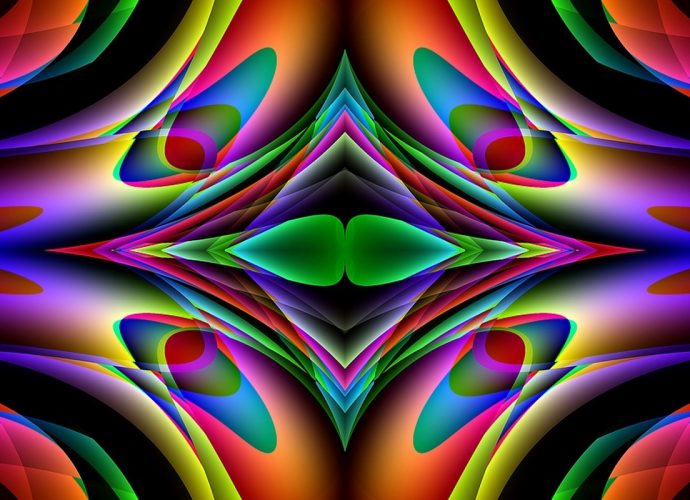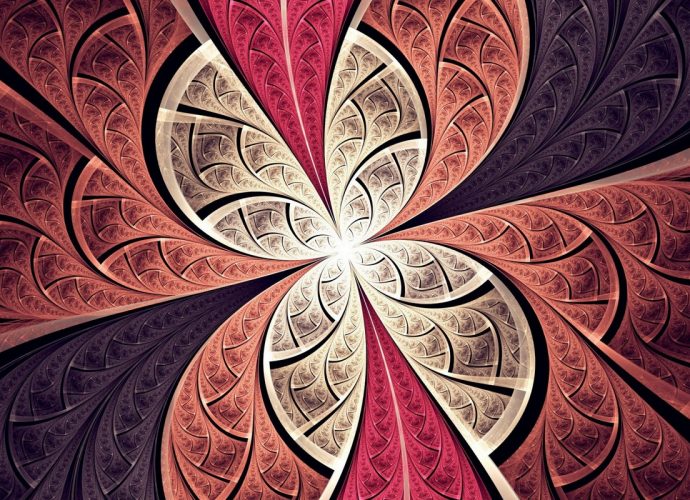Do Thylakoid Membranes Contain Photosynthesis?
The thylakoids themselves contain the chlorophyll, but the thylakoid membrane, which is the layer that surrounds the thylakoid, is where the light reactions take place. Embedded in the thylakoid membrane are two photosystems, named photosystem I and photosystem II. Why is chlorophyll in the thylakoid membrane? Light-dependent reactions happen inRead More →

